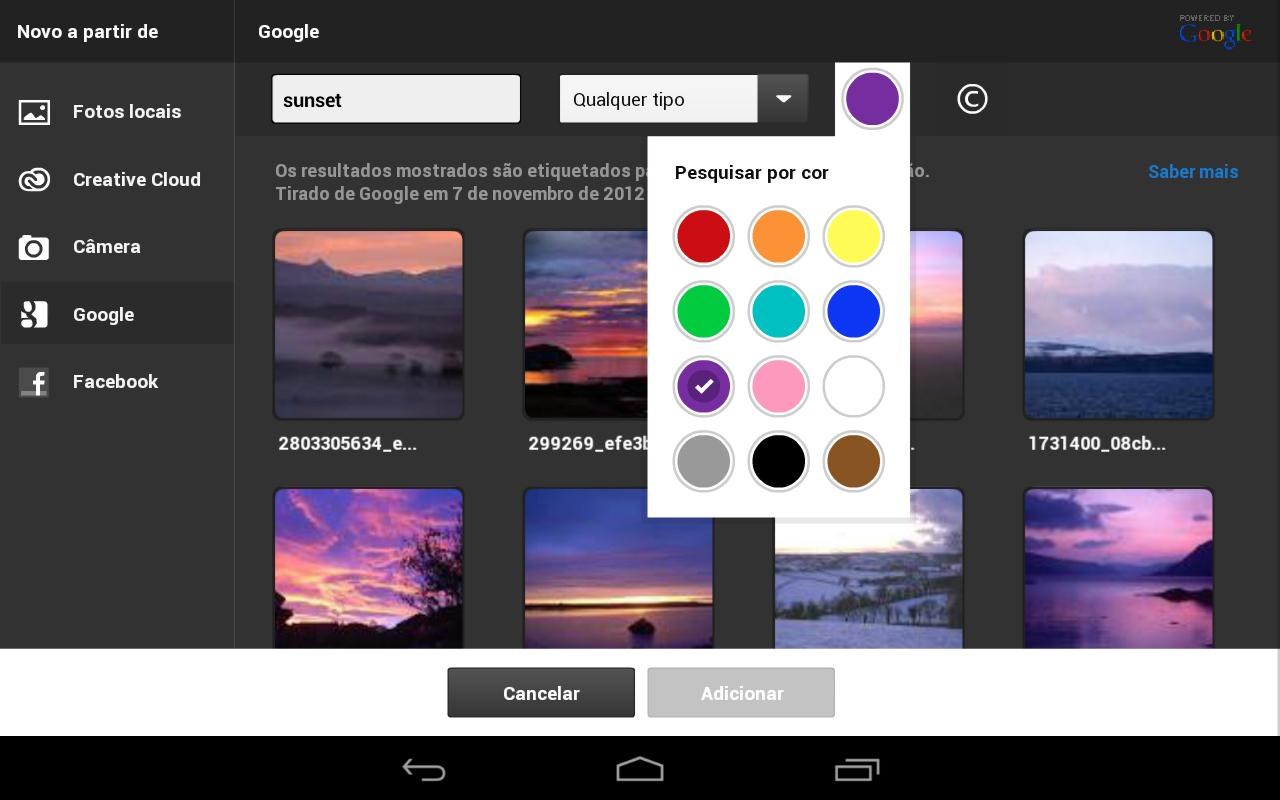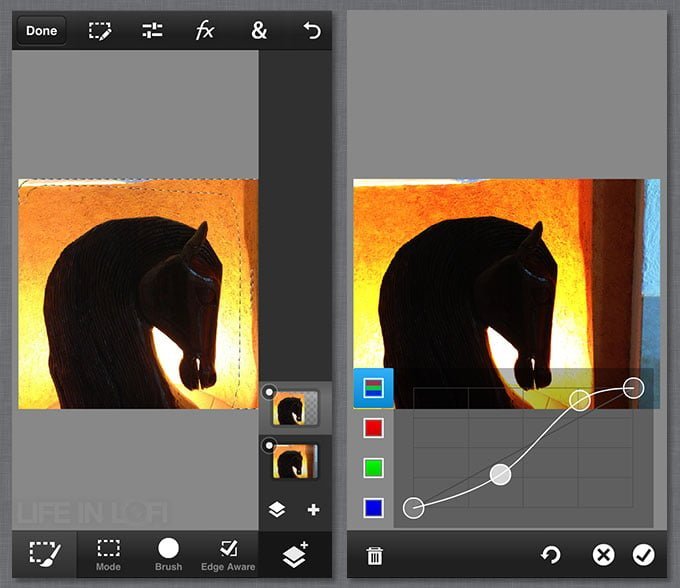

You use the now universal “pinch to zoom” and, um, “unpinch to unzoom” that we are all used to. The following is a view out of my office window ( taken within PS Touch ) with the UI minimised. Navigating around an image itself is quite clean. This causes that area to collapse, leaving your UI quite clean. You will notice all of the sections have an arrow icon, or /. We will cover each section in detail later. All of the tools have undo/redo and frankly it goes extremely deep, at least 10 levels of undo, probably many more. On the right hand side are your layer controls. Across the left you can basically think of that as your tool palette, while across the top is your menu bar. I can’t help but think this is to keep the UI consistent across devices ( iPad ), but if you are on a tablet with physical buttons you are going to find it’s lack irritating.Īnyways, back to the UI. There were a number of times I expected a context sensitive app to be in the menu, but it simply wasn’t there. So, that’s the management and introductory screens out of the way, lets jump into the main UI, the first time you create a project you will be greeted with this screen:Īgain, you will notice no menu button, which I find a bit disconcerting. None of the tutorials actually cover content creation mind you, although truth told, that is not this applications strong suit. All told, you can run through them all in about 15 minutes and even if you are an avid Photoshoper, it is probably worth the effort. They do a good job of quickly exposing you to the interface and abilities and cover the basics of using Photoshop Touch. Don’t get your hopes up about the “making a painting” or “make a pencil sketch” tutorials, both of them are actually about manipulating existing images using filters to give an artistic effect.

This quite obviously brings you to the tutorials.Īs you can see, the tutorial set is pretty straight forward. The one final part of the screen is the tutorial link. Clicking on any project will bring you directly there, as will clicking the + icon, once you’ve chosen your screen dimensions. This stuff is all pretty secondary to the main event, the editor. Considering both links take you to the same page ( in your default browser ), I don’t know why they didn’t just take you there directly when you clicked help. This brings you to where you can create or configure a Creative Cloud account, configure your Facebook details, configure a very small ( as in 3 ) set of settings and finally Help, which basically just links you to their webpage/forums. In this case its more for consuming, sharing and commenting on your artwork.Īnd finally, settings. Facebook integration… again for some reason.If you thought the resolution limit part was bad… wait till I cover this part in a bit more detail! Share to the Camera Roll, publish to Facebook and Share by E-mail.Let you upload and open images from Creative Cloud, Adobe’s cloud service which plays a key part in all of their mobile apps.Across the top, from left to right the icons do the following: It does make sense though, many of these devices are RAM limited and a 2048×2048 image with multiple layers is going to bring your tablet to it’s knees quickly. I know for many this is going to be a giant deal breaker.
#Adobe photoshop touch reviews 1080p#
Want to work on 1080p content, tough, you’re out of luck! This isn’t a big problem for me, as I usually work in power of 2 textures, so 512×5×1024 are my most common dimensions, but often I like to work at double resolution so 2048×2048 and this isn’t an option for me. Here is the first real major limitation of PS Touch. If you select the + to create a new image a small Ok/Cancel dialog pops up asking you for your image dimensions. The pair of buttons at the bottom of the screen create a new image or loading from an image already on your computer, in Adobe’s Cloud storage, taken from the camera, from a Google search or finally, off of Facebook. It makes sense eventually, but you will probably end up loading a project by accident a few dozen times before you get used to it out! You do not click or long hold the icon like you would probably expect to ( this instantly opens the file for editing ), instead you click the label below it.
#Adobe photoshop touch reviews android#
The absence of a menu key is a bit jarring, I mean, all Android apps have a menu key! Another thing that is a bit confusing is renaming a file. The sharing aspect we will get to a bit later. This is where you manage existing projects, organize, share and delete your files. Right off the hop when you load Photoshop touch, you will be brought to this screen:


 0 kommentar(er)
0 kommentar(er)
